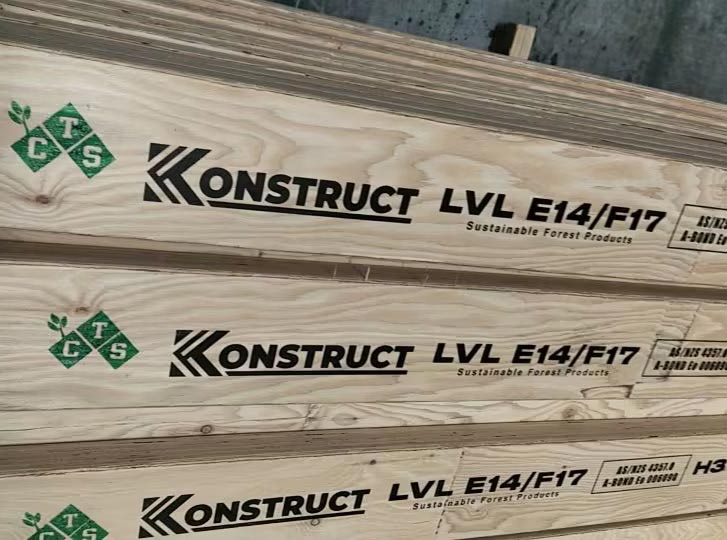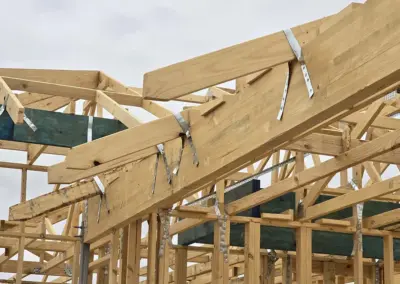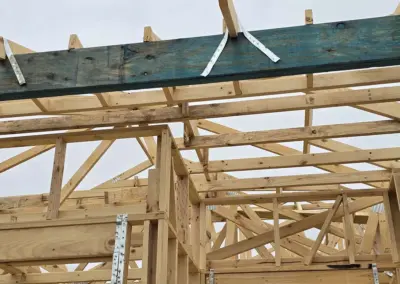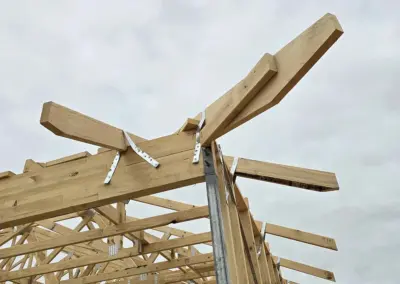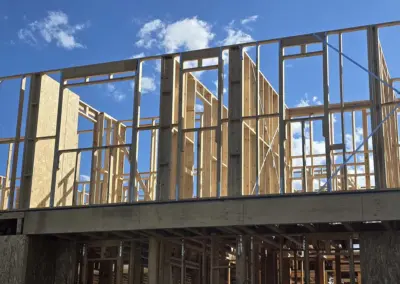Structural Engineered Timber
Structural LVLs
Structural Engineered Timber: Redefining Modern Construction
Do you require the highest-quality Structural Engineered Timber? CTS timber Pty Ltd, centrally located in Salisbury, Brisbane is here to help with all your requirements at any time
Laminated veneer lumber (LVL) Structural engineered timber is revolutionising the construction industry, offering innovative solutions that combine strength, sustainability, and versatility. As builders and architects seek materials that provide superior performance and environmental benefits, structural engineered timber stands out as a premier choice. This article delves into the benefits, types, applications, and why this material is becoming the cornerstone of contemporary construction.
What is Structural Engineered Timber?
Structural engineered timber is a category of wood products designed for use in construction. These products are made by bonding together layers of wood veneers, strands, or fibres with adhesives to create strong, durable, and dimensionally stable building materials. Unlike traditional solid wood, engineered timber is manufactured under controlled conditions, resulting in consistent quality and performance.
Types of Structural Engineered Timber
Several types of engineered timber products are commonly used in construction, each offering unique benefits and applications:
Laminated Veneer Lumber (LVL)
LVL is made from thin wood veneers bonded together with adhesives. The grain of each layer runs parallel, resulting in a strong and uniform material.
Applications: Ideal for beams, headers, joists, and columns.
Cross-Laminated Timber (CLT)
CLT consists of layers of wood panels stacked crosswise and glued together. This configuration provides exceptional strength and stability.
Applications: Used for walls, floors, and roofs in both residential and commercial buildings.
Glue-Laminated Timber (Glulam)
Glulam is composed of several layers of dimensioned lumber bonded with durable adhesives. It can be manufactured in various shapes and sizes.
Applications: Commonly used for large-span beams, arches, and columns.
Oriented Strand Board (OSB)
OSB is made from strands of wood arranged in layers and bonded with adhesives. It is known for its strength and resistance to warping.
Applications: Frequently used for sheathing, flooring, and roofing.
Benefits of Structural Engineered Timber
Superior Strength and Stability
Engineered timber products are designed to offer greater strength and stability than traditional solid wood. The manufacturing process minimises natural defects such as knots and splits, resulting in materials that can bear heavy loads and span greater distances. This makes engineered timber ideal for structural applications where reliability is crucial.
Dimensional Stability
One of the key advantages of engineered timber is its dimensional stability. Traditional timber can warp, twist, or shrink over time due to changes in moisture content. In contrast, engineered timber maintains its shape and size, ensuring the structural integrity of buildings remains intact over time.
Consistent Quality
Engineered timber is produced under controlled conditions, ensuring consistent quality and performance. This uniformity allows for precise engineering calculations and reduces the risk of structural issues. Builders can rely on the predictable behaviour of engineered timber, making it a preferred choice for complex construction projects.
Environmental Sustainability
Engineered timber is an environmentally friendly alternative to traditional building materials. The production process makes efficient use of wood resources, often utilising smaller, fast-growing trees. Additionally, engineered timber products sequester carbon, helping to mitigate climate change. The use of sustainable adhesives and manufacturing techniques further enhances the environmental benefits of engineered timber.
Qualities
Laminated veneer lumber resembles plywood in appearance, however, the veneers in plywood switch directions when stacking, whereas the veneers in LVL all stack in the same manner.
Residential Buildings
%
Commercial Buildings
Renovations
Bulk Orders Available
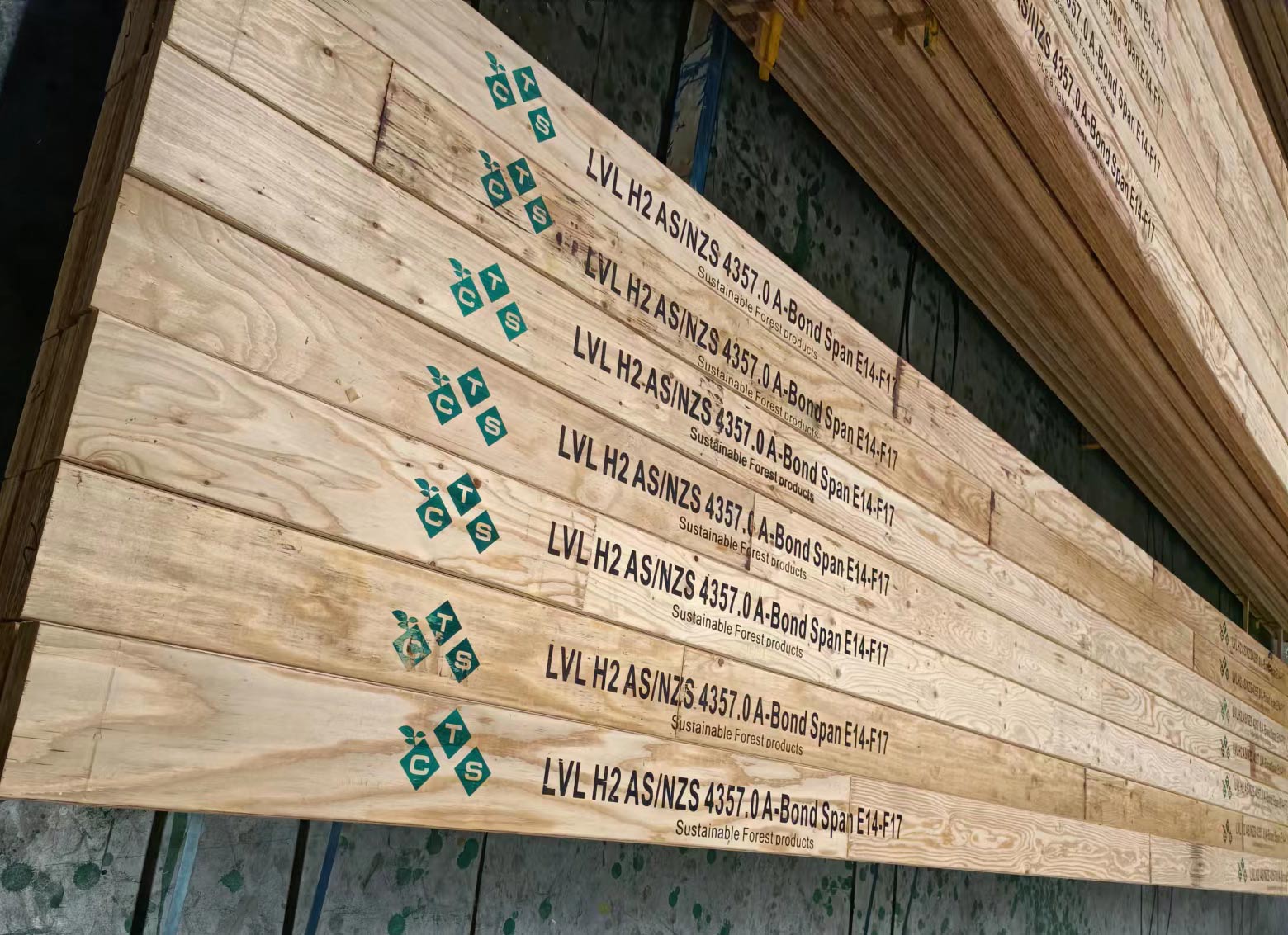
Looking for something specific, please get in touch with us today.
Applications of Structural Engineered Timber
Structural engineered timber is versatile and can be used in a wide range of construction applications, including:
• Residential Buildings: Engineered timber products are used for framing, floors, walls, and roofs in houses. Their strength and stability make them ideal for both single-family homes and multi-storey residential buildings.
• Commercial Buildings: In commercial construction, engineered timber is used for structural components such as beams, columns, and floors. It provides the necessary support for large open spaces and heavy loads.
• Bridges and Infrastructure: Engineered timber is increasingly being used in civil engineering projects, including pedestrian bridges and walkways. Its high strength-to-weight ratio and durability make it suitable for such applications.
• Tall Timber Buildings: Advances in engineered timber technology have made it possible to construct tall buildings using wood. CLT and glulam are commonly used in these projects, offering a sustainable alternative to steel and concrete.
Why Builders Prefer Structural Engineered Timber
Ease of Installation
Engineered timber is typically lighter than steel and easier to handle on-site, reducing labour costs and installation time. It can be fabricated to precise dimensions, simplifying the construction process and minimising the need for on-site adjustments. This ease of installation makes engineered timber an attractive option for both small and large-scale projects.
Design Flexibility
Engineered timber products can be manufactured in various shapes and sizes, offering architects and builders tremendous design flexibility. Whether creating curved beams, large-span structures, or intricate architectural details, engineered timber can meet the requirements. This versatility allows for innovative and aesthetically pleasing designs that are both functional and sustainable.
Cost-Effectiveness
While the initial cost of engineered timber may be higher than traditional timber, its long-term benefits make it cost-effective. The reduced need for maintenance and repairs, combined with quicker installation times, result in overall savings. Additionally, the consistent quality and performance of engineered timber can reduce the likelihood of costly structural issues down the line.
Structural engineered timber represents a significant advancement in construction materials, offering unparalleled strength, consistency, and sustainability. Its superiority over traditional timber and other building materials makes it an ideal choice for a wide range of applications, from residential homes to large infrastructure projects. Builders and architects increasingly turn to engineered timber for its reliable performance, design flexibility, and environmental benefits.
By choosing structural engineered timber, you invest in a material that enhances the quality and efficiency of your construction projects while contributing to environmental sustainability. Explore the benefits of structural engineered timber today and discover why it is redefining modern construction.

